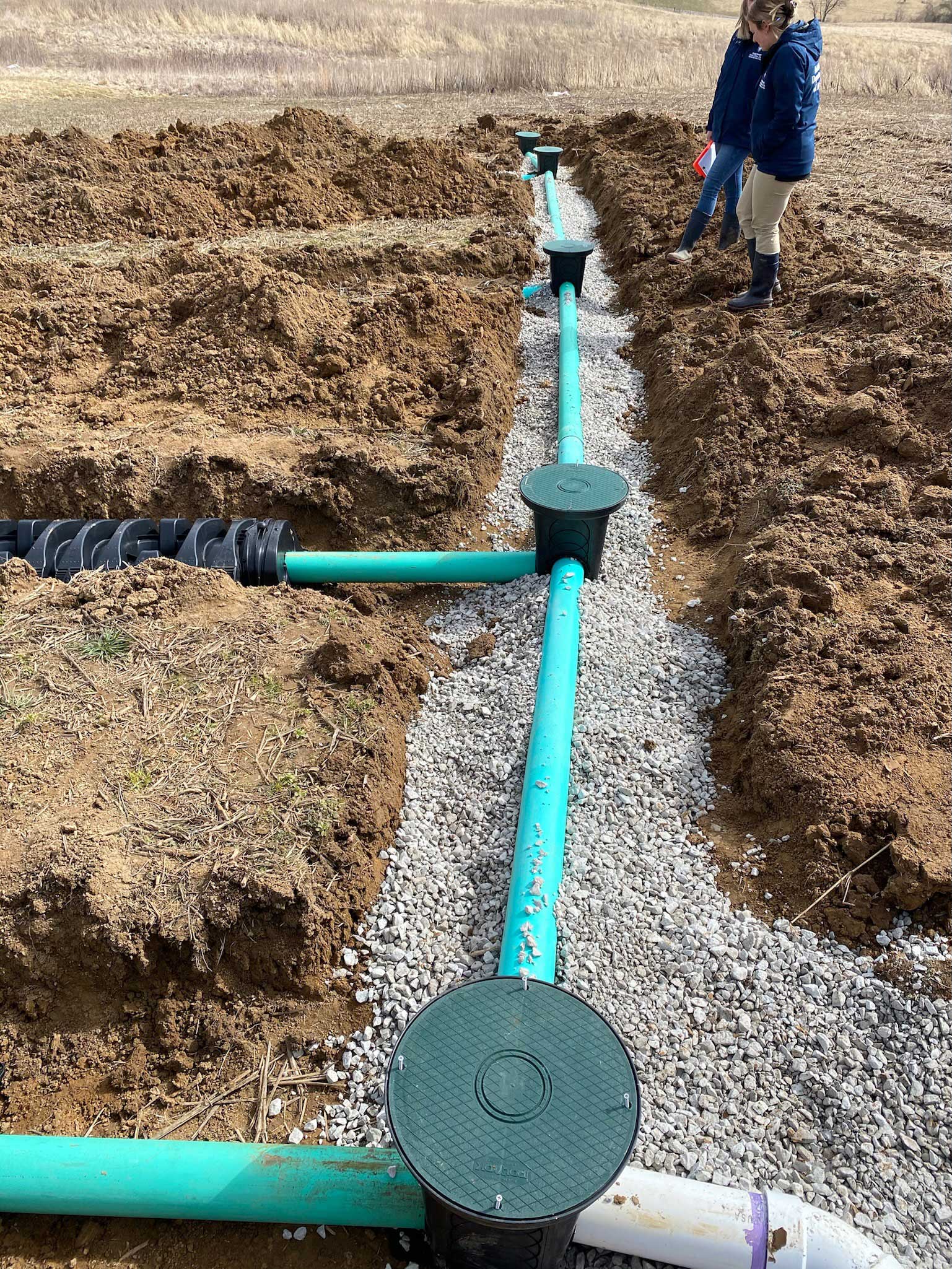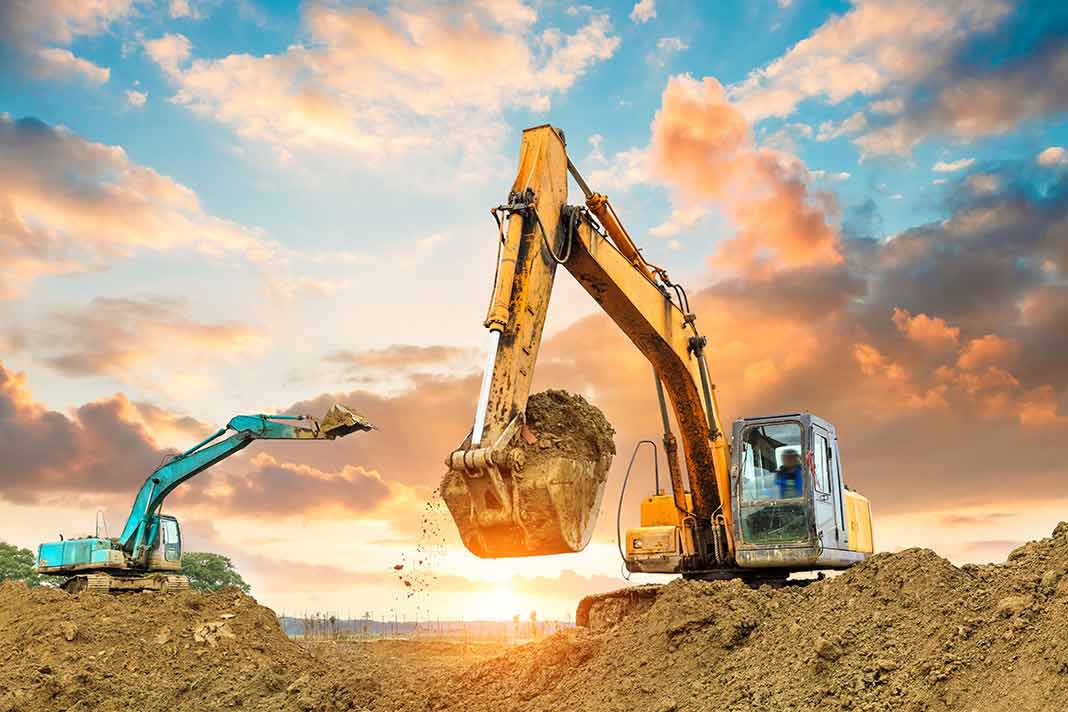Cost Effective Lancaster Excavation - Quality Excavation at Competitive Costs
Wiki Article
In-Depth Expedition: The Scientific Research Behind Superior Excavation Practices
The realm of excavation methods is a domain name where scientific research links with craftsmanship to unearth the enigmas hidden underneath the planet's surface area. From ancient hand tools to modern hydraulic excavators, the development of excavation strategies has actually been a testimony to human resourcefulness and technological developments. What absolutely establishes superior excavation practices apart is a deep understanding of geological principles, coupled with the use of innovative devices and techniques. By discovering the scientific research behind these techniques, we can discover the tricks that exist beneath our feet and value the accuracy and knowledge that enter into every dig.Development of Excavation Strategies
Throughout background, the development of excavation techniques has actually played a crucial duty in progressing construction techniques and archaeological discoveries. From the primary devices used by our forefathers to the advanced equipment utilized in modern times, the progression of excavation methods has actually considerably transformed just how we come close to different tasks.In old times, manual work with standard devices such as shovels, wheelbarrows, and pickaxes was the primary technique of excavation. This labor-intensive process limited the deepness and scope of excavations, usually leading to slow-moving development and limited access to particular websites. As civilizations advanced, so did the tools and strategies utilized for excavation.
The Industrial Revolution noted a turning factor in excavation techniques with the intro of steam-powered equipment. In modern times, technology plays a pivotal role in excavation, with improvements like General practitioner systems, drones, and 3D scanning enhancing precision and efficiency in the field.
Role of Innovation in Excavation

The integration of cutting-edge modern technology has actually essentially transformed the area of excavation, boosting accuracy and effectiveness to unmatched levels. Among the crucial technological advancements that has actually substantially impacted excavation techniques is the utilization of general practitioner systems. These systems enable for accurate mapping of excavation websites, allowing drivers to precisely locate below ground utilities and structures. Additionally, making use of telematics in excavation equipment has actually allowed real-time tracking of equipment performance, leading to proactive upkeep and boosted operational performance.
Moreover, the advent of 3D modeling and simulation software application has structured the planning process for excavation jobs. Operators and designers can currently imagine the whole excavation procedure before breaking ground, recognizing prospective obstacles and optimizing workflow. Combined with this, the execution of drones in excavation activities has assisted in airborne studies, volumetric measurements, and website inspections with unrivaled speed and precision.
Geological Concepts in Excavation
An understanding of geological principles is vital for guaranteeing click this site the structural integrity and security of excavation sites. Geological factors play a vital duty in figuring out the expediency and safety of excavation projects.In addition, the geological framework of the area, including faults, cracks, and rock formations, must be carefully analyzed to determine potential threats and difficulties. Excavating near geological fault or unsteady rock formations can bring about instability and prospective hazards. By performing complete geological surveys and evaluation, engineers and excavators can establish strategies to alleviate risks and make sure the successful conclusion of excavation projects. Ultimately, integrating geological principles into excavation methods is essential for attaining safe, effective, and lasting results.

Most Current Devices for Excavation
In the world of excavation methods, modern advancements in tools have actually reinvented the efficiency and accuracy of excavation procedures. These drones can give detailed airborne studies of excavation sites, supplying real-time data on topography and prospective risks.Another cutting-edge tool acquiring appeal is the application of 3D printing innovation for creating custom excavation tools. This More Help enables the production of specialized tools that are customized to the certain requirements of a task, enhancing performance and minimizing downtime.
Additionally, innovations in products science have actually resulted in the advancement of more powerful and much more sturdy excavation tools. lancaster trenching. Tungsten carbide-tipped excavator accessories, as an example, deal superior efficiency in challenging ground conditions, boosting productivity on-site
Scientific research's Effect on Excavation Practices

Furthermore, clinical research study on dirt mechanics and geotechnical design has supplied beneficial insights into soil habits, permitting excavation professionals to make educated decisions concerning excavation methods and dirt stablizing techniques. On the whole, scientific research continues to drive development and renovation in excavation practices, making excavation projects a lot more reliable, economical, and sustainable.
Final Thought
To conclude, the development of excavation techniques has been greatly influenced by advancements in technology and a deeper understanding of geological principles. The most up to date tools and tools utilized in excavation have enhanced efficiency and precision in the field. The application of clinical knowledge has get more actually significantly enhanced excavation techniques, bring about a lot more lasting and efficient methods for digging deep into numerous sorts of products.In the world of excavation practices, modern innovations in tools have actually changed the efficiency and accuracy of excavation procedures. By leveraging clinical principles, the excavation industry has been able to dramatically improve efficiency, precision, and safety in excavation procedures. GPR permits excavation teams to non-invasively scan and map subsurface structures, utilities, and potential threats, allowing them to prepare excavation projects with greater accuracy and minimized danger of mishaps.
Furthermore, scientific study on dirt mechanics and geotechnical design has actually offered valuable understandings into soil actions, permitting excavation experts to make informed decisions pertaining to excavation techniques and dirt stablizing techniques. On the whole, science continues to drive innovation and enhancement in excavation practices, making excavation tasks much more efficient, cost-efficient, and sustainable.
Report this wiki page